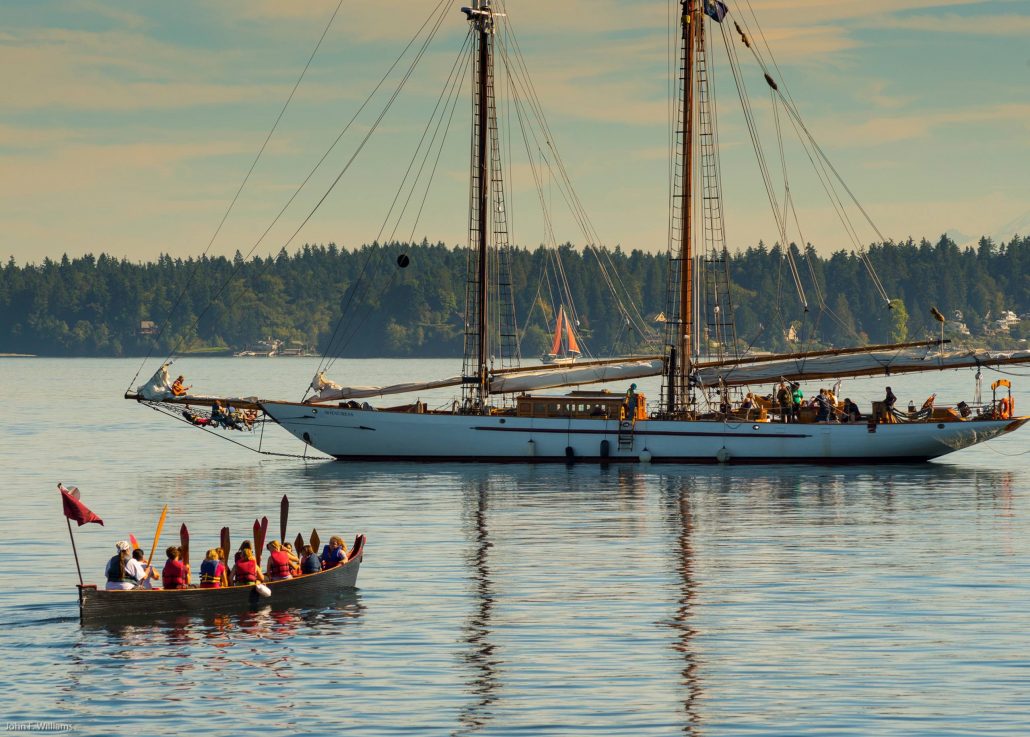It is a common misconception that our community has drug dealers skulking about, offering heroin to passing school children in an attempt to get them hooked on opioids. The truth is far more mundane, and more dangerous.
Of people who start to use opioids, the majority start with prescription pills. The vast majority of our current heroin addicts became addicted when they were prescribed oxycontin by doctors in years past. When oxycontin was suddenly restricted, a large number of people were left addicted, with no source of opioids other than inexpensive brown tar heroin.
Doctors are supposed to access a website, where they can review and confirm that their patients aren’t already receiving opioids from one or more other doctors. Only 1 doctor in 3 uses that system, so 2/3 of the opioids being prescribed are being prescribed “blindly”. Even this isn’t the source of opioids for most new users, though.
Some common prescription opioids are:
- codeine (only available in generic form)
- fentanyl (Actiq, Duragesic, Fentora)
- hydrocodone (Hysingla ER, Zohydro ER)
- hydrocodone/acetaminophen (Lorcet, Lortab, Norco, Vicodin)
- hydromorphone (Dilaudid, Exalgo)
- meperidine (Demerol)
- methadone (Dolophine, Methadose)
- morphine (Astramorph, Avinza, Kadian, MS Contin, Ora-Morph SR)
- oxycodone (OxyContin, Oxecta, Roxicodone)
- oxycodone and acetaminophen (Percocet, Endocet, Roxicet)
- oxycodone and naloxone (Targiniq ER)
Who is the source? Who is getting new users hooked on these opioids? In most cases, it’s you…your family….and your friends. It’s not some shady guy in an overcoat slinging drugs in a dark alley. It’s your medicine cabinet.
According to the 2016 DEA Threat Assessment, “Recent Initiates” to opioids get their pills “obtained from friend/ relative for free or without asking” 66.2% of the time. They get them “prescribed from one or more doctors” 19.3% of the time. Folks…we’re at 85% already, and no drug dealers have been mentioned yet. The remainder is bought from friends and relatives, purchased off of the internet, and a tiny percentage purchased from people we would consider “drug dealers”. The drug dealers account for somewhere between 1-4% of the source.
This isn’t a “police” problem. Just paying for cops and walking away isn’t a viable solution. If we arrested every drug dealer at the Reservation border before they could enter, we’d still have over 95% of the source of these opioids in place.
What about frequent, chronic pill users? They are still getting the pills from friends, family or doctors without cost nearly 70% of the time. They are purchasing them 24.5% of the time, but many of those purchases are from friends and relatives. The police can’t be in your living room every time the family comes over, and you don’t want us there.
Where do the family and friend get all of these opioids? In 83.8% of the cases, from one doctor, who is still following old, incompetent prescribing practices and is prescribing way too much medication when it’s no longer needed. In some cases, the doctor is the culprit; in many cases, it’s us! We don’t use all of the medication, but we keep it in the house, waiting for someone to be tempted.
WHAT CAN WE DO ABOUT IT?
Get all of your unused pain pills out of your house. The Suquamish Police department is the only full time DEA “Drug Take Back” location in Kitsap County. We have taken over 400+ pounds of opioids off of the streets using this program. It’s easy; walk in, drop the pills bottles into the box. Walk away. You don’t even have to talk to anyone. It’s the big green metal box. We clear out the contents and ship them to the DEA for incineration. No cost, no forms, no hassle.
If an elderly or disabled family member is hospitalized, moves to a nursing home, or passes away it is critical to get their prescription pills collected and dropped in a drop box for destruction.
If you have young people in your life, and they get a sports injury, or have a minor surgery, do NOT let them be prescribed opioids. Recent studies show that any use of opioids prior to the age of 18 leads to a 30% increased chance of opioid addiction as an adult.
What about overdoses? Heroin is far more dangerous than prescription pills, right? This answer is, historically, no. Prescription opioids have killed dramatically more users than heroin. Even today, with the extremely dangerous fentanyl laced heroin, prescription opioids are still killing more people here in Washington State. Of all opioid overdoses, prescription opioids are killing users roughly 60% of the time, with heroin killing the other 40%.
If you or someone you know needs to use opioids, ask for a prescription of nasal naloxone at the same time, so you have the antidote to go with the medication, in the event of an overdose. Tell everyone in your household where the Naloxone is kept.
Chief Lasnier is Vice Chair of the Opioid Steering Committee for Clallam/ Jefferson/ Kitsap Counties, working cooperatively as a team with doctors, treatment providers, mental health workers, police, prosecutors, courts, emergency medical staff and responders and others to find solutions to this opioid challenge. It’s going to take all of us, and more importantly it’s going to take all of you!
IF YOU ENCOUNTER SOMEONE WHO MAY BE EXPERIENCING AN OVERDOSE:
Check for signs of overdose:
- Won’t wake up. Try rubbing your knuckles hard on their sternum. (Bony center chest)
- Slow or no breathing, shallow ragged breaths, strange snoring noises.
- Pale, ashy, cool skin
- Blue lips or fingernails
Call 911. Tell the dispatcher where you are and that someone is not breathing or is unconscious.
If you are trying to help in an overdose, WA State’s 911 Good Samaritan/Overdose Law protects both you and the overdose victim from drug possession charges.
Don’t be afraid to call 911 for help!
If you are trained in 1st Aid or CPR, proceed as you were trained. If not, the 911 operator will help you until assistance arrives.
Next time: The Opioid Crisis Part 2: Heroin


